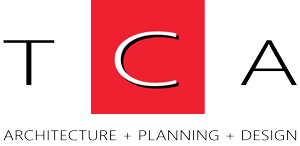Brian Harris Shares His Thoughts with Firehouse Magazine on Embracing Technology in Station Design
"Fire stations are among the most complex, heavily used municipal buildings found anywhere. Simultaneously, they are garages housing millions of dollars’ worth of apparatus; they are dormitories; and they have expansive kitchens, training rooms and public meeting facilities as well as administrative office space.
And, they are expected to last decades – sometimes under around-the-clock, heavy-duty service. That’s why it is important to ensure they are designed for the purpose in which they are intended and built using the best materials available.
Firehouse® Magazine interviewed several architects to compile their comments on best practices for how to design and build a fire station for today’s (and tomorrow’s) fire service needs. They were unanimous in their appraisals and comments – hire professionals with experience building complex, purpose-built fire stations; your community will be better off for it and future generations will be thankful you did."
Firehouse featured Brian's thoughts on how to plan for future generations and technological advancements when designing fire stations. You can read his opening thoughts below:
"Brian Harris, a principal and owner of TCA Architecture Planning, said fire stations must be resilient to withstand the kind of use and abuse they will be subjected to over the decades in which they are in service.
“They have to last 50 to 75 years,” Harris said. “They have to be flexible to handle change and be ‘green’ (sustainable) and be able to keep energy costs in check. The most important thing, however, is they be designed for the next generation of firefighters and emergency workers.”
As new technology becomes integrated in the fire service, fire stations must be able to accommodate those changes and needs. In the age of robotics and drones and who knows what in the future, fire stations ought to be easily configurable to meet the demands of an increasingly technological society. “Stations need to be as resilient as possible,” Harris said, going back to his root philosophy."
For more of Brian's insight on embracing technological advancements click here to read the full Firehouse Magazine article

